dix
TPF Noob!
- Joined
- Jan 6, 2010
- Messages
- 5
- Reaction score
- 0
- Can others edit my Photos
- Photos OK to edit
So I started developing my own prints, and am having some problems. First I'm using variable contrast paper, which I assume is of some importance to this? Anyway, my prints are coming out gray and washed out. Even at different exposure times. I also tried leaving them in the developer for less/more time and same thing. My enlarger has a built in red filter, should I give it a try?
Also am getting some spots, but I think I may have to dust out my enlarger to fix those. Here's some samples of what I mean, with one print at two different times.
Also am getting some splotches, as can be seen in the sky in the last two pictures, any hints on how to fix this? I've been rocking the trays while the prints are in, so not sure what else could be the cause?
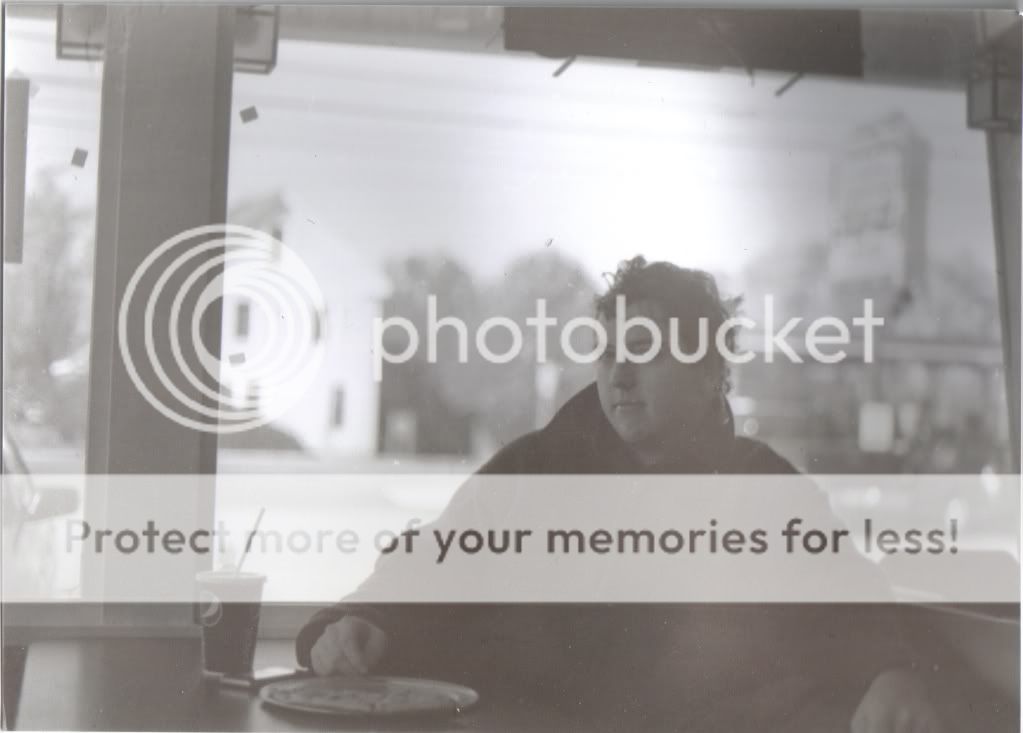
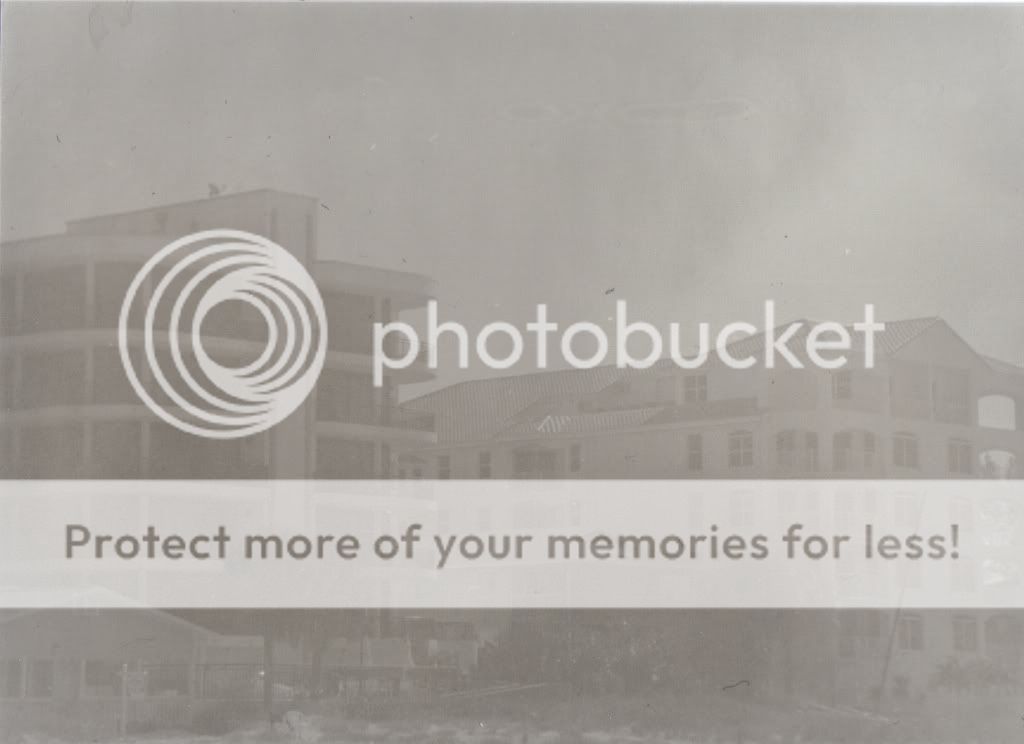
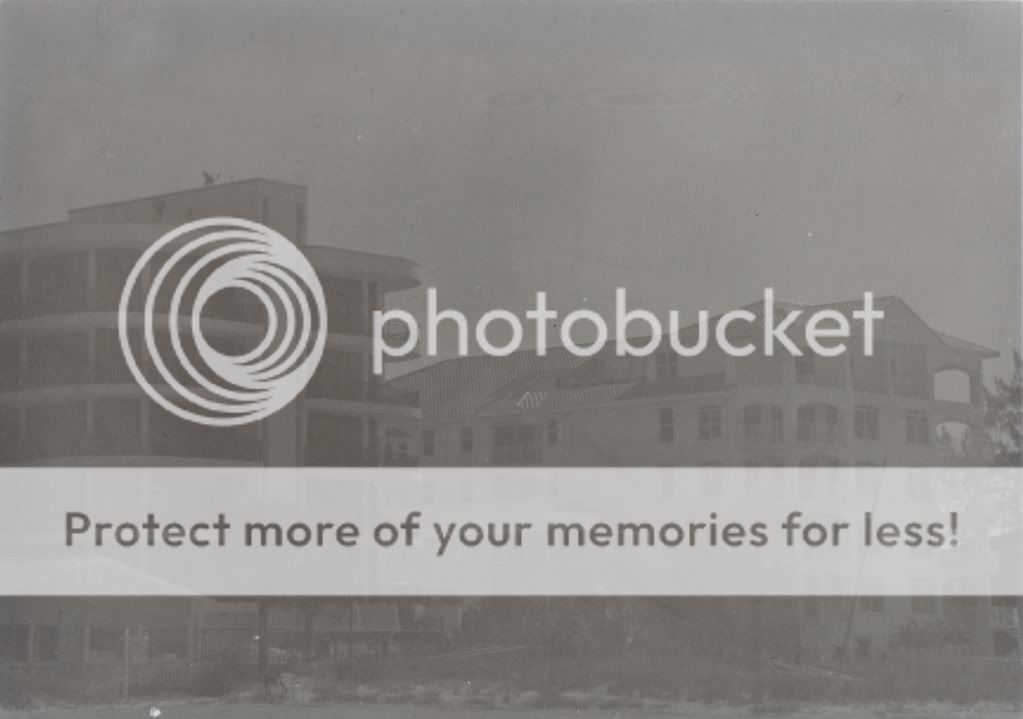
Also am getting some spots, but I think I may have to dust out my enlarger to fix those. Here's some samples of what I mean, with one print at two different times.
Also am getting some splotches, as can be seen in the sky in the last two pictures, any hints on how to fix this? I've been rocking the trays while the prints are in, so not sure what else could be the cause?






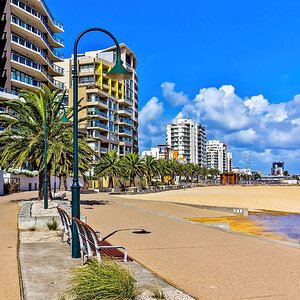
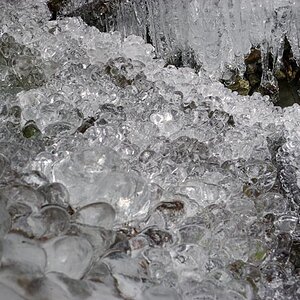
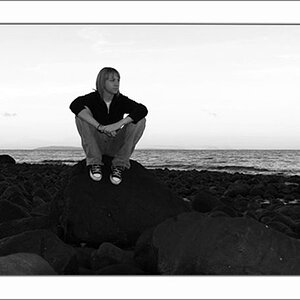
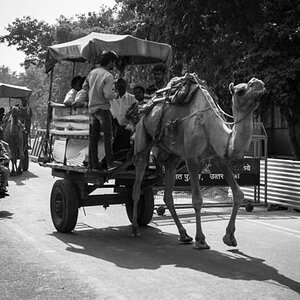


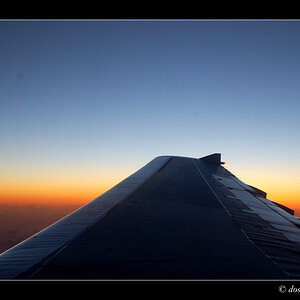
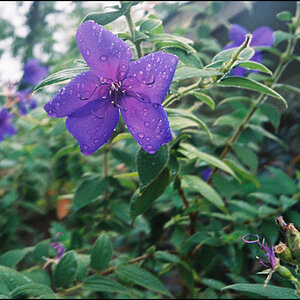
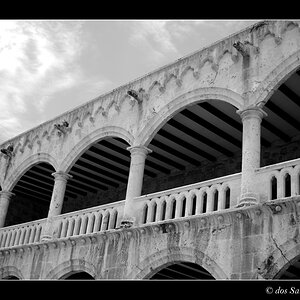
![[No title]](/data/xfmg/thumbnail/31/31754-af76ae89cc75bd1855937374ff359efe.jpg?1619734992)
